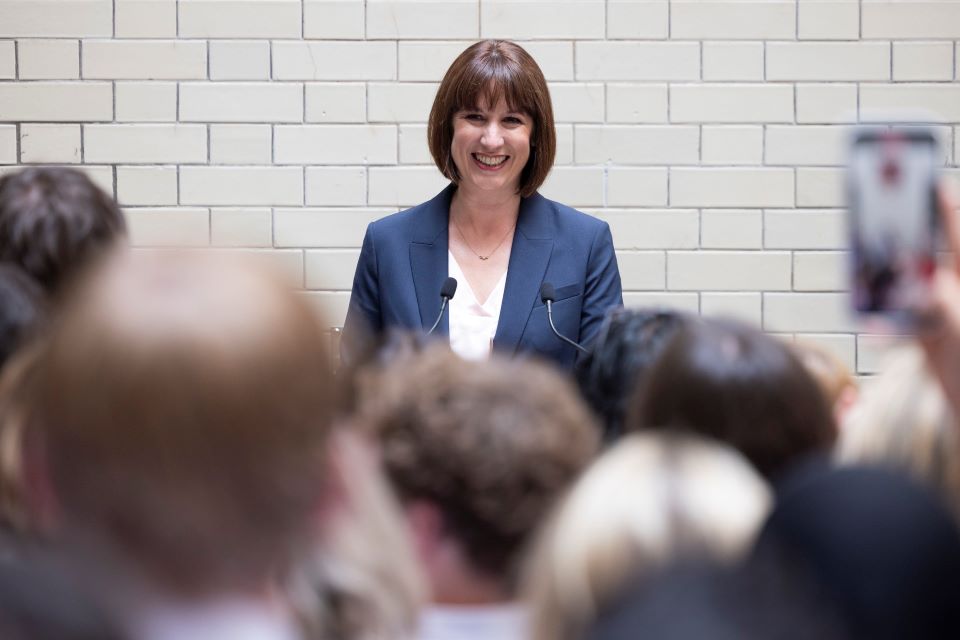Money spent on new tech and transformative initiatives over the next four years will include investments in improving the NHS App, as well as introducing a unified single patient record
The government has pledged to spend an additional £10bn on NHS technology in the next four years – a figure which it claims represents an investment increase of 50%.
This week’s Spending Review revealed that the annual capital budget for the Department of Health and Social Care – into which NHS England will be integrated in the coming months – has risen from £10.5bn in 2023/24, up to £13.6bn in the current fiscal year. This will rise further towards the end of the SR period: to £14.8bn and £14.6bn in 2028/29 and 2029/30, respectively.
According to the text of the full review document, this additional cash for upfront investments will enable the health service to make big improvements to its tech and digital services.
“This settlement supports the shift from analogue to digital, with a total investment of up to £10bn in NHS technology and transformation by 2028-29, an almost 50% increase from 2025-26,” the review says. “This will begin to turn the NHS App into the digital front door to the NHS, enabling patients to manage medicines and prescriptions, receive NHS communications securely and increase their access to medical services such as tests directly, freeing up millions of appointments. [It will also] deliver a single patient record, giving patients a unified view of their medical history and enabling two-way communication and active management of their healthcare.”
This unified healthcare record will also mean “that every part of the health service has a full picture of a patient’s care with appropriate safeguards and privacy”.
The single patient record initiative forms part of a wider drive for “modernised public services by harnessing the power of AI”.
The SR25 document adds: “Funding will also be used to help scale the most promising opportunities for AI adoption in the public sector, from reducing hospital waiting times to making faster planning decisions and increasing the productivity of the civil service.”
Related content
- NHS providing ‘tailored support’ for 19 trusts yet to adopt EPR
- Spending Review: HMRC given £500m to ensure ‘90% of customer interactions are digital’
- Spending Review: Digital government plans backed with £1.9bn
Alongside the boost to capital budgets, the NHS’s annual allowance for day-to-day operational resource spending will increase: from £171bn in 2023/24; to £195.6bn in 2025/26; and then to £226.1bn in 2028/29.
This equates to a resource funding increase of 3% in real terms, the government claims – in addition to a concurrent 20% boost to the NHS’s capital budget.
The ultimate goal of this extra support – and the investment in innovation – is to begin significantly reducing an NHS waiting list that currently stands at 7.4 million. By the end of the current parliament, the government’s stated target is that “92% of patients will start consultant-led treatment for non-urgent health conditions within 18 weeks of referral, [when], currently, under 60% of patients are waiting less than 18 weeks”, according to the Spending Review.
Presenting the spending review to parliament, chancellor Rachel Reeves (pictured above) described the NHS as “our most treasured public service”.
“Fixing our NHS also means delivering fundamental reform across social care, which we will back with the first ever fair pay agreement,” she added. “I am increasing the NHS technology budget by almost 50%, and we are investing £10bn to bring our analogue health system into the digital age – including through the NHS app, so patients can manage their prescriptions, get their test results, and book appointments all in one place.”




